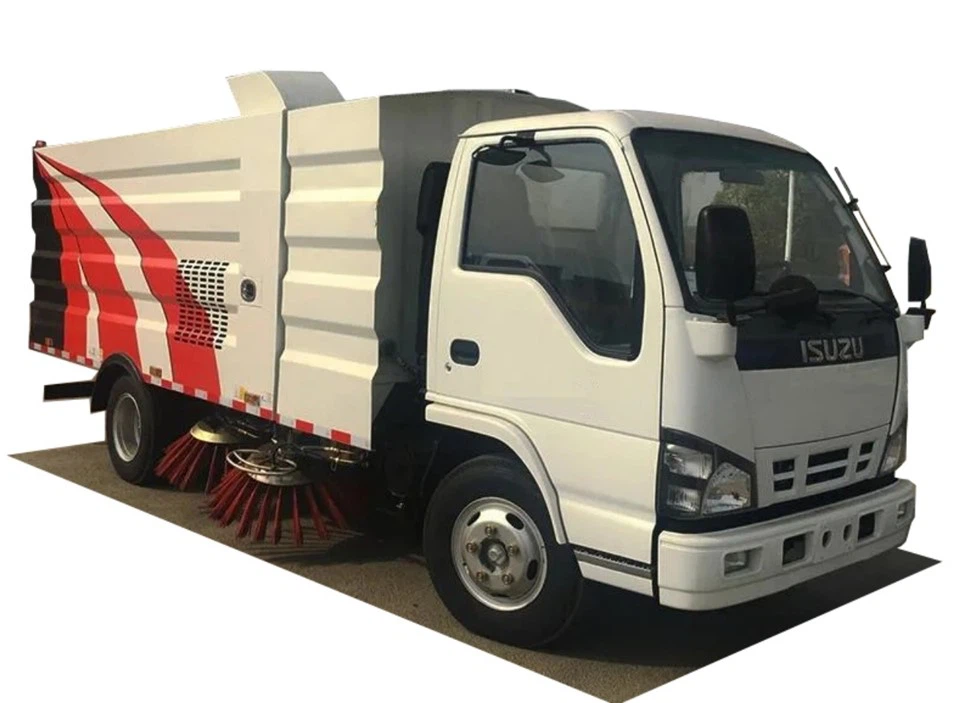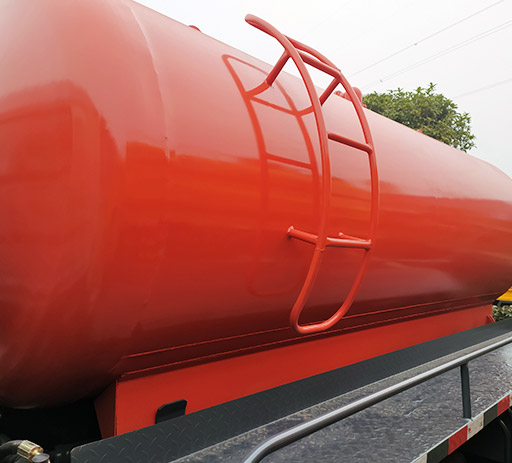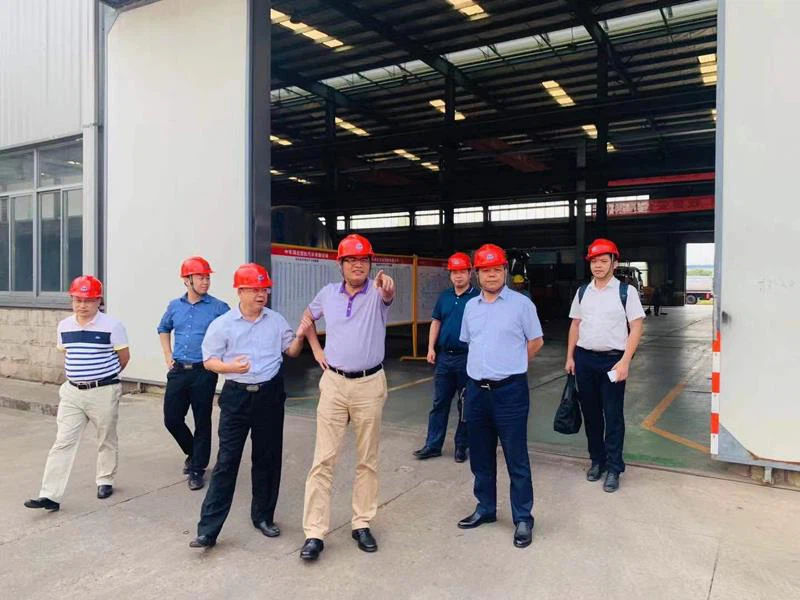More Than Trucks: Exploring the Multifaceted World of Transportation

Transportation is a vital aspect of modern society, impacting our daily lives in numerous ways. While trucks play a crucial role in the logistics and goods movement sectors, they represent just one element of a broader transportation landscape. This article delves into the various facets of transportation, highlighting the myriad modes, technologies, and innovations that extend well beyond trucks. We will explore the importance of transportation in our economy, the evolution of different transport methods, the integration of technology, and future trends shaping the industry.
The Importance of Transportation in Our Economy
Transportation is a cornerstone of economic development. It enables trade, connects markets, and facilitates movement for goods and people. Let’s examine its significance in detail.
Facilitating Trade and Commerce
Transportation systems are the backbone of commerce, ensuring that products reach consumers efficiently. Without effective transportation, supply chains would collapse, leading to inventory shortages and increased prices. The various modes of transportation, including rail, road, air, and sea, each play unique roles in this process.
Key Statistics on Transportation’s Economic Impact
| Mode of Transport | Percentage of Freight Shipments | Annual Revenue Generated |
|---|---|---|
| Trucking | 72% | $740 billion |
| Rail | 16% | $75 billion |
| Maritime | 11% | $20 billion |
| Air | 1% | $25 billion |
Job Creation and Economic Opportunities
The transportation sector generates millions of jobs, from drivers and logistics personnel to manufacturing and maintenance roles. According to the Bureau of Labor Statistics, over 4 million people are employed in transportation-related jobs in the U.S. alone.
The Evolution of Transportation Modes
Transportation has constantly evolved, driven by technological advancements and changing consumer demands. Understanding these changes allows us to appreciate the broader landscape of transportation.
Road Transportation
While trucks dominate road transportation, other vehicles such as buses and vans also play significant roles. Improvements in fuel efficiency and the rise of electric vehicles are making road transport more sustainable.
Rail Transportation
Railroads have been integral to freight and passenger transport for centuries. Innovations such as high-speed trains and automated rail systems continue to revolutionize this sector.
Air Transportation
Aviation has made global travel accessible and expedited cargo transport. Technological advancements, including fuel-efficient aircraft and smart airport systems, drive growth in this sector.
Maritime Transportation
Shipping goods by water remains one of the most efficient methods of moving large volumes. Advances in containerization and automated ports have enhanced the efficiency of maritime logistics.
Modern Technologies in Transportation
Technology is transforming the way we approach transportation, leading to increased efficiency, safety, and sustainability.
Telematics and Fleet Management
Telematics systems provide data on vehicle performance, location, and driver behavior. This information helps companies optimize routes, reduce fuel consumption, and improve maintenance schedules.
Electric and Autonomous Vehicles
The shift towards electric vehicles is one of the most significant changes in transportation. Autonomous vehicles are also on the rise, with the potential to reduce accidents and improve traffic flow.
Integrated Transportation Systems
Smart city initiatives are promoting integrated transportation systems that combine different modalities—like buses, trains, and bike-sharing—into a cohesive network, enhancing urban mobility.
The Role of Environmental Sustainability in Transportation
As concerns about climate change grow, transportation sectors are increasingly focused on sustainability. Transitioning to greener practices is essential for reducing emissions and conserving resources.
Carbon Emission Regulations
Governments worldwide are implementing regulations to reduce carbon emissions from transportation. These include fuel economy standards and incentives for electric vehicle ownership.
Alternative Fuels
Biofuels, hydrogen, and other alternative fuels are being explored as ways to reduce reliance on traditional fossil fuels. Companies are investing in R&D to explore these options.
Case Study: Electric Trucking
Companies like Tesla and Rivian are revolutionizing the trucking industry with electric trucks, which offer lower operating costs and reduced emissions, paving the way for a more sustainable future.
Challenges Facing the Transportation Industry
Despite advancements, the transportation industry faces various challenges that need addressing to enhance its functionality.
Infrastructure Decay
Many countries are dealing with aging infrastructure, leading to traffic congestion, delays, and increased maintenance costs. Investments in modernizing infrastructure are crucial for improving efficiency.
Supply Chain Disruptions

The COVID-19 pandemic exposed vulnerabilities in global supply chains. Companies are now focusing on creating more resilient systems to withstand future disruptions.
The Future of Transportation
Looking ahead, several trends are emerging that could shape the future of transportation.
Urban Air Mobility
As urban populations grow, the concept of flying taxis or drones for passenger transport is gaining traction. Companies are actively developing technologies to make urban air mobility a reality.
Smart Transportation Solutions
The rise of the Internet of Things (IoT) is changing how transportation systems operate. Smart traffic systems, connected vehicles, and real-time data sharing can optimize flow and enhance efficiency.
Practical Tips for Choosing Transportation Solutions
When selecting transportation options for personal or business needs, consider these tips:
Evaluate Your Needs
Assess the volume and type of goods to be transported. Certain methods may be more efficient or cost-effective depending on these factors.
Compare Cost and Speed
Each mode of transportation has trade-offs between speed and cost. Understand your priorities to make an informed decision.
Consider Environmental Impact
With sustainability becoming more critical, consider eco-friendly transportation options. Electric vehicles or rail may offer better emissions profiles than traditional trucks.
Stay Informed on Technology Trends
Keep an eye on emerging technologies and trends. Adopting modern solutions can enhance your operational efficiency and reduce costs.
FAQs About Transportation
What is the most common mode of transportation for shipping goods?
Trucking is the most common mode, accounting for 72% of total freight shipments in the U.S.
How are electric vehicles changing the transportation landscape?
Electric vehicles are reducing emissions, lowering operating costs, and offering a more sustainable alternative to traditional fossil fuel vehicles.
What role do drones play in transportation?
Drones are emerging as a solution for last-mile delivery and urban air mobility, promising quicker and more efficient transport options.
How can I choose the right transportation method for my business?

Consider factors like cost, speed, volume of goods, and your commitment to sustainability to make an informed decision.

What are the biggest challenges in the transportation sector today?
Infrastructure decay, supply chain disruptions, and the need for sustainable practices are significant challenges facing the industry.
How is technology improving safety in transportation?
Technologies like telematics, automated systems, and real-time data analysis enhance safety by optimizing operations and reducing human error.
